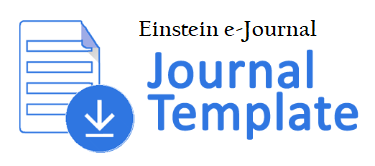2D Resistivity Method to Determine the Groundwater Zone for Agricultural use in Perlis, Malaysia
DOI:
https://doi.org/10.24114/einstein.v1i1.5056Abstract
The efficiency of the use of water in Malaysia is very low ( 40 to 50 percent) and in order to take the advantage from during floody the irrigation system designed as open system. In this study, groundwater is suggested to supplement as an alternative source of water for irrigation. In Malaysia only less than 2% of the present water used is developed from groundwater. In order to determine the existence of usable groundwater, 2D resistivity imaging is used. This method is the most commonly method that been used for groundwater exploration. The groundwater found is used for irrigation purposes. The arrays used in this study are Wenner Schlumberger and Pole dipole. The results of the study showed that there is an aquifer. The water filled cavity occurred in an isolated manner at an approximate depth of 7.7 m. It was further observed that the cavity did not allow the harnessing of this resource to the fullest capacity. At a depth of 5 m there is bedrock and from a depth of 27 to 30 m there is a fractured zone. This is indicating that fractured zone in this area has occurrence of groundwater. Groundwater is already detectable at a depth of 15 to 18 meters.Downloads
Published
How to Cite
Issue
Section
License
Authors who publish with this journal agree to the following terms:
- Authors retain copyright and grant the journal right of first publication with the work simultaneously licensed under a Creative Commons Attribution-Non Commercial 4.0 License (CC BY-NC) that allows others to share the work with an acknowledgement of the work's authorship and initial publication in this journal for non commercial purposes.
- Authors are able to enter into separate, additional contractual arrangements for the non-exclusive distribution of the journal's published version of the work (e.g., post it to an institutional repository or publish it in a book), with an acknowledgement of its initial publication in this journal.



